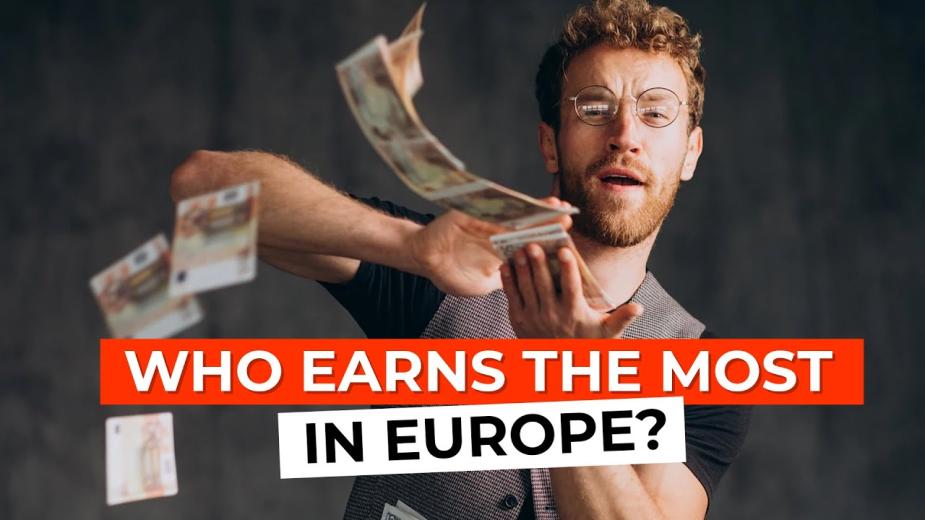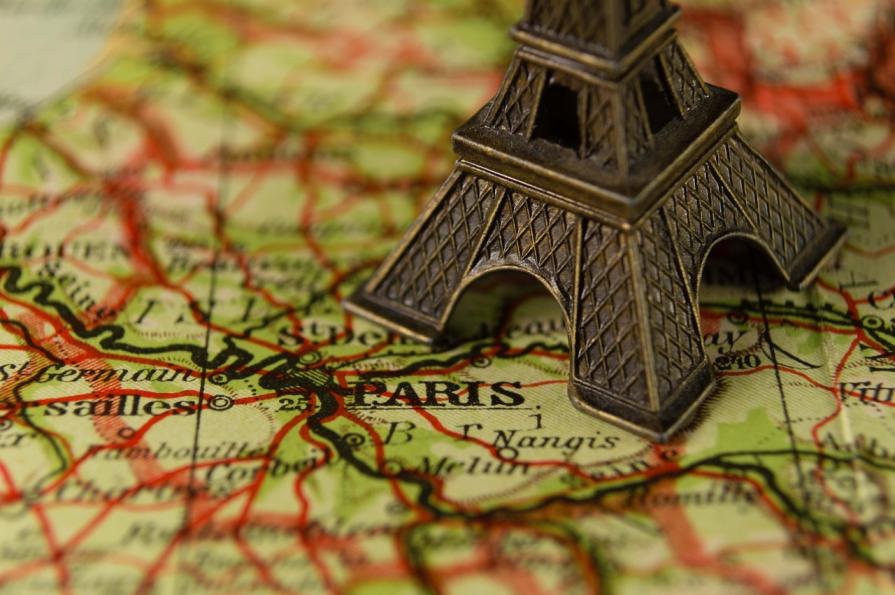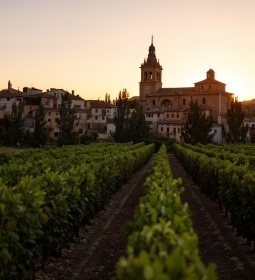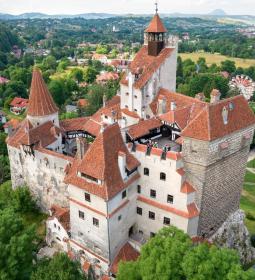France is the most popular tourist destination in Europe with 89 million visitors a year, nearly ten million ahead of Spain (81 million). These statistics confirm that France is once again the best holiday destination in the world, despite turbulent times.
What attracts people from all over the world to France? We will try to find the answer, after all, after all, 89 million people cannot be wrong, can they?

Paris

What more i can say? Paris is the most beautiful and charming city in the world, with cozy cafes, unique buildings and monuments, and more museums than you can visit in a lifetime. Paris will charm your heart and steal your soul.
Here it is worth splitting in two: while one half of the tourist program visits the Louvre and climbs the Eiffel Tower, the other gets into a local bar, takes a mouth and feels like a true Parisian.
The main advice for a visitor to Paris: look a little from the side. The best view of the city is from the Montparnasse Tower: the queues are shorter plus you will see the Iron Lady of Paris at its best. If you're heading to Versailles, book a tour of the royal apartments at ten in the morning on the museum's website: they are separate from the rest of the palace and can only be seen with this tour. The ticket is more expensive, but after examining the king's rooms, you can go to the main palace, skipping the lines on the street.
Stunning landscapes

When it comes to landscapes, France can rival almost any other country on the planet. The views of France are as varied as they are beautiful: the sparkling coasts of the French Riviera, the patchwork fields of the Loire Valley, the snow-capped Alps and the ancient port cities of Normandy. Instead of choosing between mountains and beaches, France offers both at once. Take your camera with you - the sight of these places will make all your Facebook friends turn green with envy.
Everything is steeped in history

The history of France has experienced the rise and fall of empires, republics and dictatorships, several bloody revolutions. It is everywhere - visit the Loire Valley to explore the many castles scattered among the picturesque gardens. Or the Dordogne - here you can see copies of Lascaux's prehistoric cave paintings, or, by booking a tour, go down to the Font de Gaume cave and see the originals.
Medieval architecture

Wherever you look, the eye will stumble upon examples of sublime French architecture, taking the form of cathedrals (Notre Dame de Paris, Notre Dame de Strasbourg), abbeys (Mont Saint Michel in Normandy, Senanque in Provence), medieval market halls (Div sur-Mer on the Normandy coast), Roman temples and amphitheatres (Mason Career in Nimes, southern France).
A separate song is regional architecture: for example, half-timbered houses of the Normandy coast or traditional Basque architecture in Aquitaine and the Basque Country. From the capital city to off-the-beaten-track villages, all buildings are part of an incredible patchwork quilt.
Delicious food and wine

Everyone knows that French cuisine is one of the best on earth. But did you know that every region of France has its own local delicacies? We bet you'll find (and love) dishes you never knew existed when traveling in France! Take at least the aforementioned Basque country - but in other places you will find confit de canar, riyets, burgundy beef and much more, in addition to traditional cheese and baguette.
And wine.
Whether you're a connoisseur, an apprentice, or grabbing a glass for the first time in your life, France has a wine for every taste - from the famous vineyards of Bordeaux to Burgundy terroirs and the best bistros in Paris. Experts know which vineyards can be explored by riding an electric car, and where it is better to have a picnic among the vines surrounded by beautiful landscapes.
If you are in Paris, we recommend going to wine tasting at the O'Chateau Wine Bar and Restaurant. It is just a short walk from the Louvre at 68 Rue Jean-Jacques Rousseau. You must sign up for the tasting online.
44 World Heritage Sites
There are many UNESCO World Heritage Sites in France: medieval towns, castles, religious buildings, forts and landscapes. These 44 sites (list for 2019) are scattered throughout France and serve as a Venus flytrap for tourists. For a complete list, visit the UNESCO website.
Festivals for every taste

As for the festivals, there is simply an inhuman choice for the guests of France.
- In summer, you can visit the Carcassonne Festival of Contemporary Music, Dance and Theater, which attracts renowned performers from all over the world (think of Elton John, Deep Purple and Moby).
- If you prefer classical music, head to the town of Menton on the French Riviera (tearing Cannes like a hot water bottle).
- The Menton Music Festival is an annual event held over two weeks in July and August.
- If you're a movie lover, you might be drawn to the glitz and glamor of the Deauville American Film Festival.
- If you prefer something a little more discreet, attend the Cabourg Film Festival in mid-June, with a 400-seat open-air cinema waiting for you.
Endless source of inspiration

Artists, writers, journalists, photographers, dancers and musicians have taken inspiration from Paris for centuries. The works of the protagonists of the Enlightenment, Golden Age, Romantic Era, Belle Époque (or Golden Age) and les Années Folles (the "crazy years" of the 1920s) remain unchanged in popularity. You can study the work of philosophers such as Francis Bacon, Denis Diderot, Jean-Jacques Rousseau, Voltaire, and Adam Smith.
The Belle Époque (French Golden Age) lasted from about 1871 until the outbreak of World War I in 1914. People tend to see this era as a kingdom of peace and prosperity because of the stark contrast with the kingdom of destruction, horror and terror in the late tenths. Art flourished then, and many of the literary, musical, theatrical and artistic masterpieces of those times gained fame and recognition. Prominent artists included the impressionist Claude Monet and the post-impressionists Paul Gauguin, Henri Matisse, Henri de Toulouse-Lautrec, and the young Pablo Picasso. The same time gave us Emile Zola, Guy de Maupassant and Marcel Proust, crowning the line of geniuses with the Eiffel.
The war was followed by Les Années Folles, or the Roaring Twenties. France inspired émigré writers such as Ernest Hemingway, F. Scott Fitzgerald, and James Joyce — later called the "lost generation."
France continues to inspire geniuses today. In Woody Allen's 2011 film Midnight in Paris, the protagonist travels back in time, meets Gertrude Stein and old man Ham, Dali, Ray, Buñuel.
France is waiting to inspire you - pack your bags!













